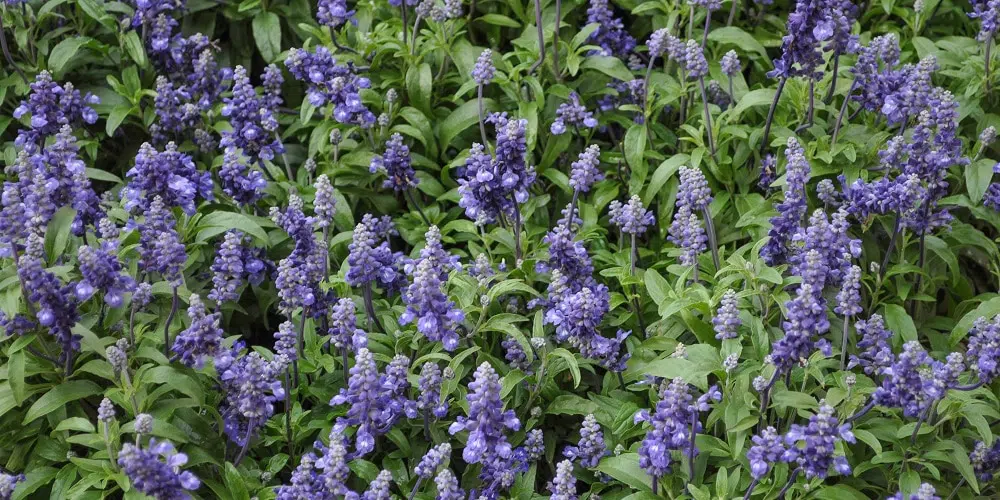Sage
Sage as a herb gets its name the Latin Salvere, which stands for medicinal herb. Sage is an evergreen plant that belongs to the lipflower family, just like savory, rosemary and thyme. The leaves are used as a herb which is especially popular in Italian cuisine. Sage is a sturdy half-shrub that grows 40-90 cm high. The plant grows in thick bundles of branched, hairy stems. The leaves are thick and downy and have an oval shape with striking veins at the bottom. The colour of the leaves is silver-grey-green. The leaf edge is finely serrated and the stem bottom is woody.



